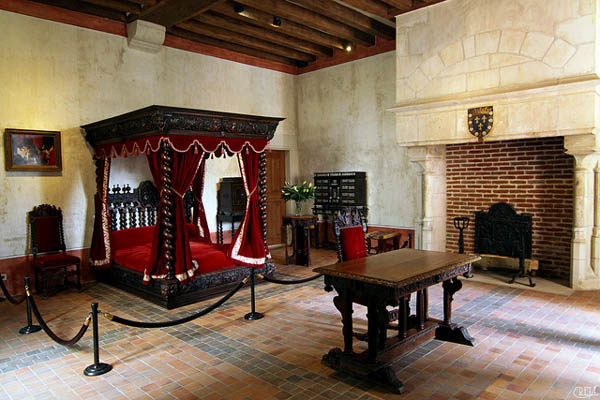If you’re in charge of furnishing a house, office space, salon, or any business at all, you probably have some idea of how to properly outfit rooms, meaning that you have a sense of the way an energy can flow in a room or be created using color, shape, texture, form, and other basic elements of design.
However, our knowledge on any one subject is never complete, so you might consider some of the following points for refining your taste and overall design sensibilities.
Size of the Room
First you must consider the size of the room. The bigger the room, the more leeway you have in choosing visually “heavy” pieces. In other words, you are going to have more room to fill without having to worry about instantly overwhelming the space with too much.
Of course, a big room has the potential to look too busy just as much as a small room would, but you’re not going to notice that you’re going overboard right away, whereas a small room will reveal to you its limits right away.

However, some people like stuffing a small room to achieve a cozy cave-like or cabin feeling. The most important thing to remember, as is the case with everything, is to strike a good balance. No matter the size of the room, too much figurative weight or shape has the potential to outfit a room in a way that makes it unappealing to be in or near.
The Intention of the Room
At the same time you’re considering the above, you’ll also need to be thinking about what the intention behind the room is, meaning to what end is the atmosphere being created? Is the room supposed to aid efficiency in work production?
If so, this will inform the choices you make as a designer in acquiring the furnishing that allows for the ease and safety of those who will be moving around a lot, visiting from desk to desk and so forth. This will also be informing those choices you make in terms of what type of furniture is appropriate for this office.
Furniture for a fast-paced office especially should be equipped with casters. This will allow for on-the-fly rearranging, increased mobility, and multifunction within the area. Anything outfitted with ball casters like chairs, filing cabinets, and desks automatically takes a room to a new level, giving it the potential of the modular interface.
The Overall Look of the Space
The last design component to consider, though you should be formulating it in your head from the beginning, is the overall theme or look of the space. This involves color and shape coordination and relies on the needs of the person who will be occupying the space. If colors are too bright and plentiful, for example, it may be hard for a person who uses the room as a meditation space to find focus.

